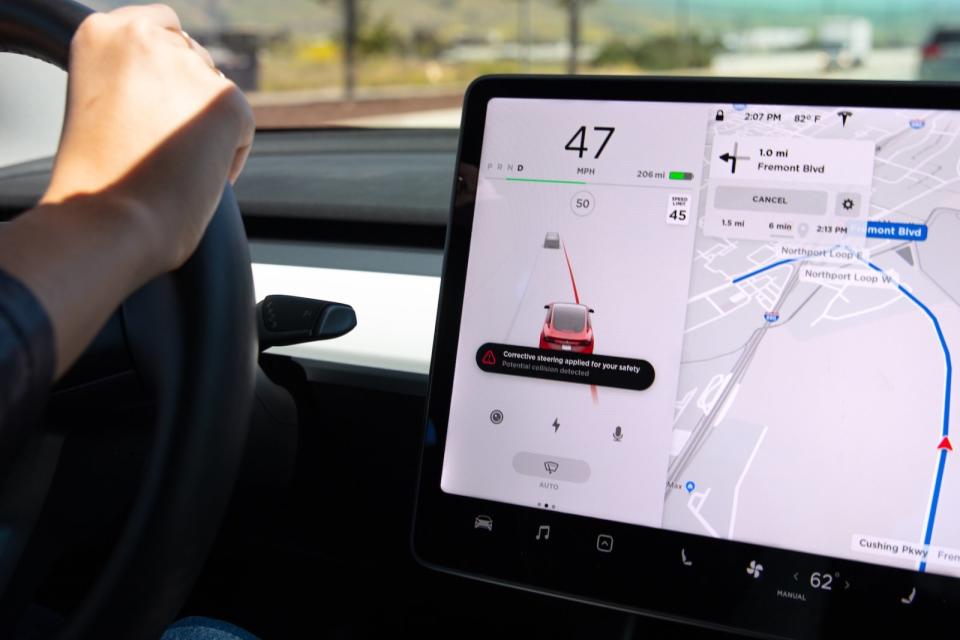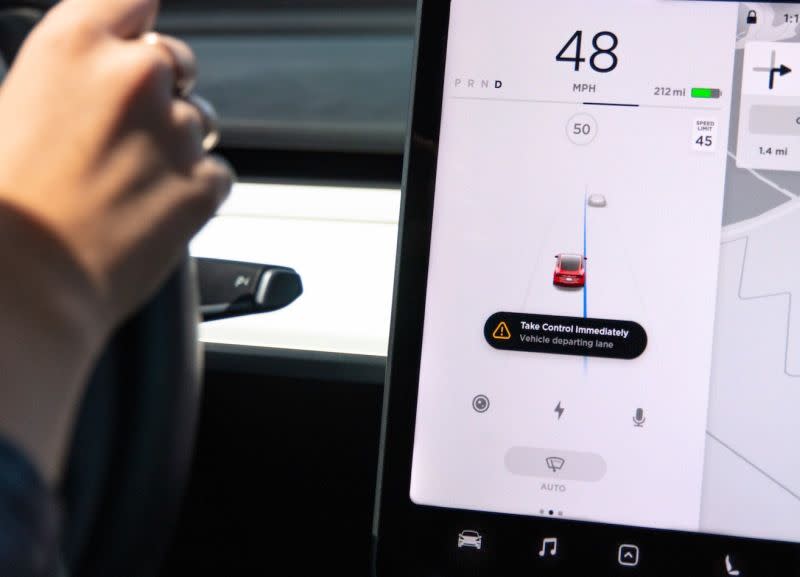Tesla adds Lane Departure Avoidance that works when Autopilot is off
The update is rolling out to Model 3s first.
While Tesla continues to tout the benefits of its Autopilot driving assist and insist that true self-driving capability is close to release, its latest updates work even when Autopilot isn't on. As described in a blog post, Lane Departure Avoidance and Emergency Lane Departure Avoidance use the cameras, sensors and radar in its cars to avoid dangerous situations. Other manufacturers use their car's driving assist sensors in similar ways, and it's good to see Tesla enhancing safety at all times. The features are coming to Model 3 cars first, and eventually all of its cars built after October 2016, which are the ones equipped with NVIDIA-powered Autopilot 2.0 hardware or newer.
When the new hardware first rolled out, it lacked some of the earlier setup's safety features including basic lane departure warnings, but eventually added them with calibration and updates. Even with the updates, the Autopilot system has also faced controversy due to accidents and claims drivers aren't paying enough attention while the system is enabled -- today's post notably specifies that "Autopilot is designed to reduce fatigue by helping drivers stay in their lane, while also ensuring that they keep their hands on the wheel."

Now, it adds Lane Departure Avoidance, which expands the warning system with corrective steering that guides their car back if the system detects it's leaving without the turn signal activated. As this is for use without Autopilot enabled, if the driver doesn't have their hands on the wheel then it will send various alerts instead, and if cruise control is on, it will slow down and turn the hazard lights on. Drivers can opt to have the feature on or off at any time, and it works when the car is going between 20 MPH and 90 MPH.
Emergency Lane Departure Avoidance is slightly different, in that it's automatically enabled whenever you start driving, although it can be disabled for the current trip. If it detects that the car is veering out of its lane and could hit something, or go entirely off the road, this is the part of the technology that will automatically direct it back into the lane to avoid an accident.




